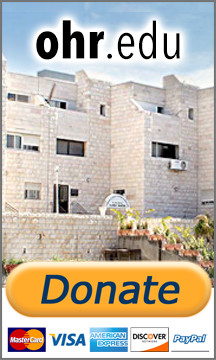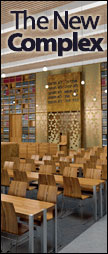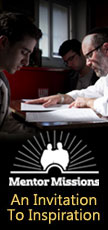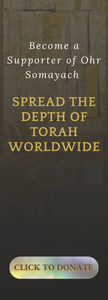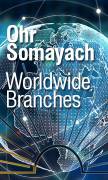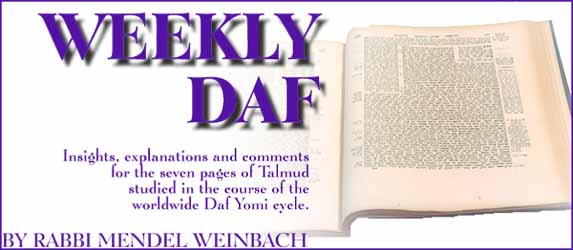Weekly Daf #240
Pesachim 30 - 36 Issue #240
23 - 29 Elul 5758 / 14 - 20 September 1998
This publication is also available in the following formats: ![]()
![]()
![]() Explanation
of these symbols
Explanation
of these symbols
Buried Treasure
The Torah prohibition that chametz not be "found" in the possession of a Jew includes even such chametz which has been stored out of reach and out of sight (Pesachim 5b). What if the chametz is out of reach and out of sight through no action of the owner, but because a wall collapsed and buried beneath its rubble the chametz stored within it?
The mishna informs us that chametz buried beneath thick rubble, so thick that no dog will smell the scent of the food and be tempted to dig for it, is considered as if it had been removed from the world. Rabbi Chisda, however, adds that although the owner is not required to dig up the buried chametz, he is required to relinquish ownership through the declaration of annulment - "bitul." (Although Rabbi Chisda states that one performs bitul "in his heart," this means only that one does not have to make a public declaration.) While some commentaries contend that this bitul is required by Torah law, since the chametz is still in the possession of its owner, the mainstream view is that of Rashi and Rabbeinu Nissim. They explain that as regards Torah law, there is no responsibility for chametz removed from reach through circumstances beyond the control of the owner. Rabbi Chisda is only citing a Rabbinic law requiring the owner to perform bitul because of the possibility that he may decide to dig up the rubble during the intermediate days of Pesach, and he would then become responsible for the chametz had he not renounced ownership of it. Should the pile of rubble be so large that it is beyond the owner's ability to remove it even if he wished to do so, it is the opinion of one of the authorities cited by Mishna Berura (433:8 Shaar Hatziun 48) that no bitul is needed, because something which is lost from everyone is no longer considered as being in the possession of the owner.
The Sweet And The Bitter
One cannot fulfill the mitzvah of eating bitter herbs - maror - on the eve of Pesach by eating first fruits - bikkurim.
The reason seems simple enough: Maror must be bitter, and none of the seven species (for which Eretz Yisrael is praised in the Torah) which are annually brought to the Beis Hamikdash as "first fruit" gifts to the kohanim are bitter.
But what about olives? asks Tosefos. Our Sages tell us (Eruvin 18a) that the dove which Noach sent out of the ark to test the level of the receding flood water returned with an olive leaf in its mouth, as if to pray before Hashem: "May my food be bitter like an olive but come directly from Your hand, rather than be sweet as honey but dependent on flesh and blood like Noach." It is not the fruit of the olive tree which is bitter, answers Tosefos, but rather the tree itself; indeed, it was a leaf from the olive tree which the dove had in its mouth, and not the fruit. As further proof that it is the olive tree itself which is bitter, Tosefos cites a Midrash: After the splitting of the Yam Suf, the Jewish People came to a place called Marah where the water was undrinkable because of its bitterness. In response to Moshe Rabbeinu's prayers, Hashem directed him to throw a piece of a tree into the bitter waters and they became drinkable (Shmos 15:25).
That was an olive tree, says the Midrash (Mechilta) because its wood is the bitterest of all trees and Hashem wanted to stress the miracle of extreme bitterness making the water sweet.
General Editor: Rabbi Moshe Newman
Production Design: Eli Ballon
© 1998 Ohr Somayach International - All rights reserved. This publication may be distributed to another person intact without prior permission. We also encourage you to include this material in other publications, such as synagogue newsletters. However, we ask that you contact us beforehand for permission, and then send us a sample issue.
This publication is available via E-Mail
Ohr Somayach Institutions
is an international network of Yeshivot and outreach centers, with branches in North America, Europe, South Africa and South America. The Central Campus in Jerusalem provides a full range of educational services for over 685 full-time students.The Jewish Learning Exchange (JLE) of Ohr Somayach offers summer and winter programs in Israel that attract hundreds of university students from around the world for 3 to 8 weeks of study and touring.
Dedication opportunities are available for Weekly Daf. Please contact us for details.
